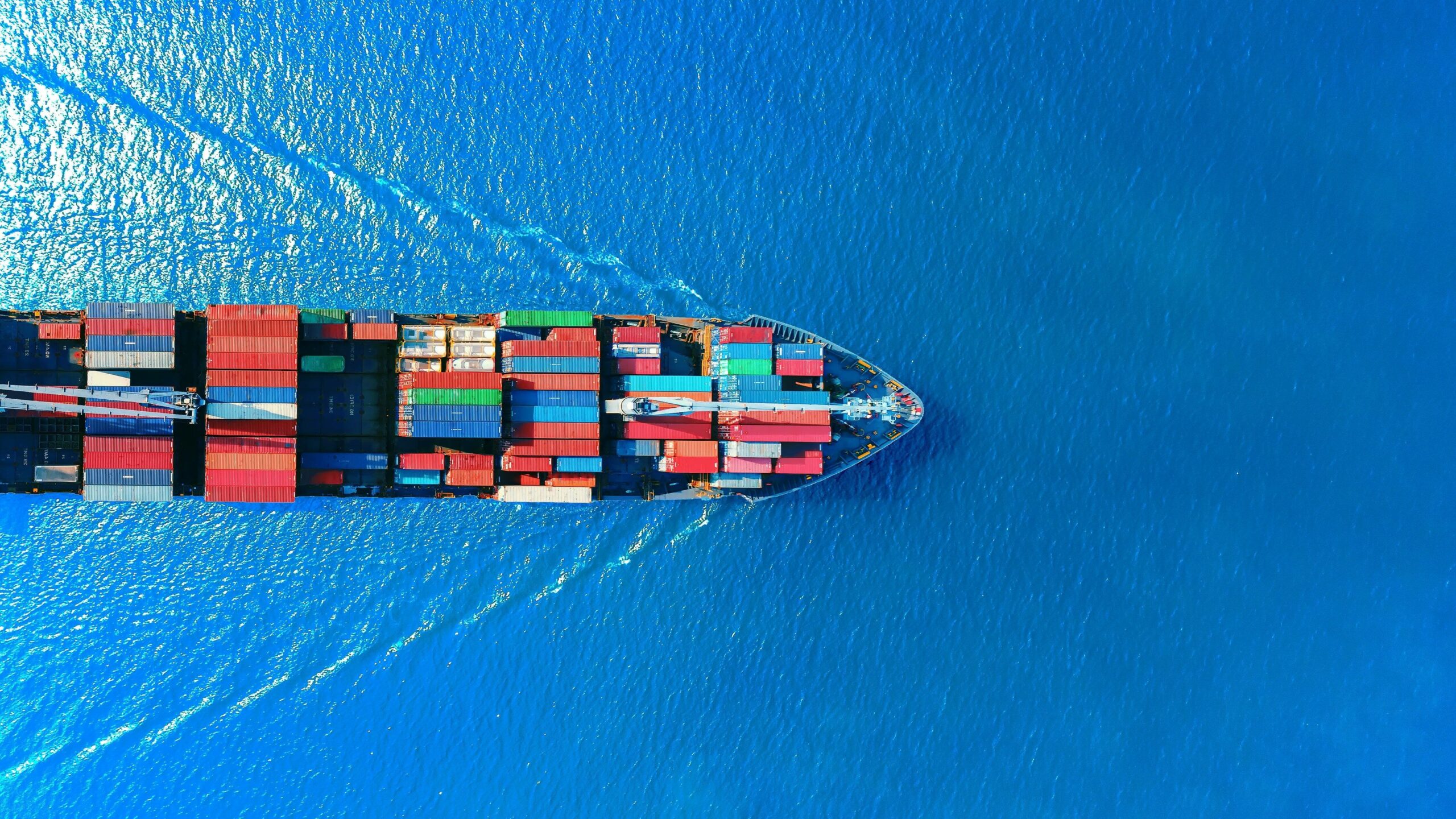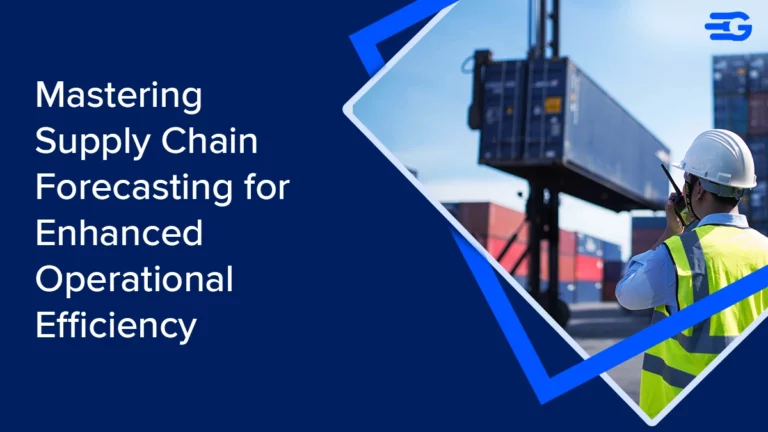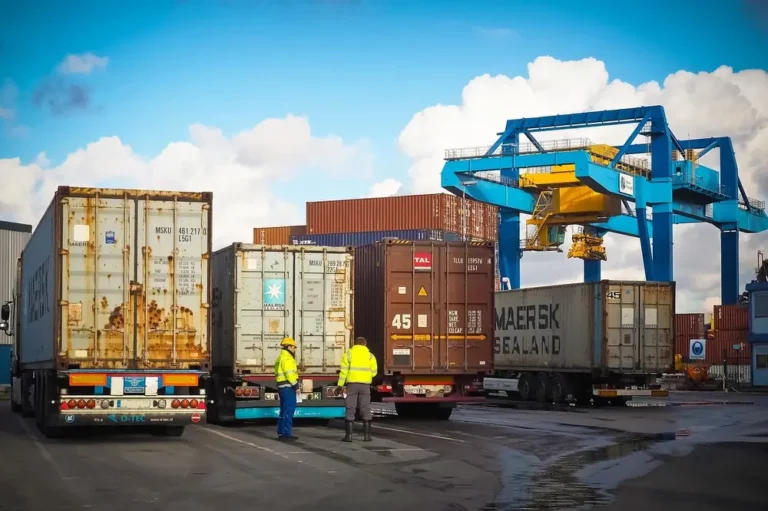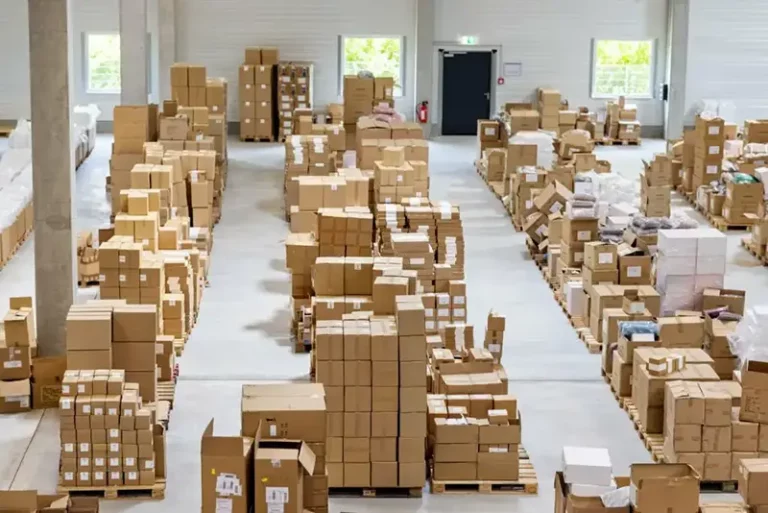Two supply chain trends you can’t ignore in 2023
Over the last two years, as supply chains are being forced to respond to various disruptions, the need to invest in risk mitigation strategies has come to the forefront. A recent Statista survey found that 72% of businesses are still suffering from the adverse effects of the pandemic.
As global supply chains continue to face such disruptions, businesses are paying close attention to supply chain trends and figuring out ways to leverage these trends and build supply chain resilience.
Now, what should be your approach to responding to these critical supply chain trends set to dominate the industry in 2023 and beyond.
1. Investments in supply chain automation, a priority
In a survey by Capgemini Research Institute, one in two organizations say supply chain digitization is one of their top three priorities at an organization level. The research states that automation initiatives in procurement and supply chain functions deliver the highest returns compared to other functions. There was an ROI of 18% for the supply chain, three percentage points more than for Human Resources, and four percentage points more than IT when it came to automation.
In 2023, we should see an accelerated level of investment in supply chain automation. Third-party multimodal logistics platforms will help in integrating systems via API, and these cloud-based solutions will enable companies to overcome the limitations of traditional or in-house solutions. Many smaller companies will invest in supply chain technologies starting this year, not just leading global organizations.
So, what will prompt companies to continue investing in supply chain automation in 2023?
To tackle challenges real-time visibility:
According to a Forbes survey, 90% of supply chain executives said visibility into their supply chain is vital to success, but less than a third have achieved accurate visibility. Improved supply chain visibility will continue to be crucial in 2023 and even beyond that. While global organizations have significantly improved their supply chain visibility by using technology in the last few years, many supply chain professionals are still struggling due to a lack of visibility across their supply chain.
Data integration is the biggest problem for supply chain professionals in a global supply chain ecosystem with several stakeholders like suppliers, customers, and service providers. Collating data points from multiple departments, systems, and processes is no easy task. With limited visibility, supply chain managers find it extremely difficult to get their hands on crucial data.
Time is of the essence when accessing data points because, without it, the companies will enter a reactive mode in handling the disruption. It is here that investment in supply chain visibility solutions will tremendously help organizations gain end-end visibility and integrate every component of their supply chain process. Such real-time visibility will ensure that supply chain managers spend their time improving the overall process efficiency and not being reduced to the mundane task of status follow-ups.
To communicate transparency to customers:
As ESG compliance is becoming increasingly popular for investors to evaluate companies, it has become more critical than ever for organizations to invest more in supply chain transparency. Today, not just investors, even consumers, demand a higher level of ethics and transparent supply chain practices from companies they buy. Companies rely heavily on supply chain visibility platforms to communicate this transparency to their consumers. Therefore, investments in supply chain visibility will continue to gain momentum across industries.
Gartner predicts that by end of 2023, 50% of global product-centric enterprises will have invested in real-time visibility supply chain solutions, AI-driven, and other advanced analytics capabilities.
To focus on sustainability:
As awareness around sustainability grows, green supply chain management has become essential for businesses looking to reduce their environmental impact. This approach focuses on incorporating sustainable practices throughout the entire supply chain, from sourcing raw materials to product delivery. By aligning with shifting consumer preferences, where 70% of consumers are willing to pay a premium for sustainably produced products, organizations can better meet demand while contributing to environmental goals. Understanding green supply chain management is crucial for companies aiming to thrive in an eco-conscious market.
Through green supply chain management, companies are looking to decrease their environmental footprint and reap other benefits the practice gets along. Supply chain automation has increased companies’ capability to collaborate with large numbers of suppliers and evaluate them based on their sustainability practices. Another example of a greener supply chain would be digitizing invoice processing, which significantly reduces paper usage. While companies are doing their bit for the environment, such practices also translate into significant financial gain for the company in the long run.
In 2023 and the years ahead, adopting eco-friendly supply chain processes will be inevitable. Besides reducing the carbon footprint, such strategies will also help companies streamline supply chain operations and reduce costs.
In a nutshell, investing in supply chain automation will:
- Save costs
- Increase revenues
- Create new business models
- Improve customer satisfaction
2. Building resilience through data-driven decisions:
In a recent survey by Capgemini Research Institute, 62% of organizations said supply chain resilience would be a key priority in the wake of the pandemic, and 57% also said they plan to increase investment in building supply chain resilience.
As global supply chains continue to recover from the effects of pandemic-driven disruptions gradually, one of the key learnings has been ramping up the investment in supply chain resilience. That being the case, the scope of resilient supply chain strategies will not just be managing risks; but also anticipating and preparing for future disruptions through data.
Supply chain stakeholders need the right information at the right time to make informed decisions, and getting these data insights is a time-bound activity. If not obtained at the right time, it is as good as having no data to drive decision-making. Today, as both demand and supply continue to fluctuate more rapidly than before, having critical data insights has become crucial for businesses to respond to such disruptions cost-effectively. Precisely why more organizations will prioritize investments in supply chain technologies — to provide them actionable insights at the right time, these technologies will provide companies with timely access to crucial real-time data and help make sense of the data.
By investing in supply chain technologies, organizations anticipate becoming more agile and resilient. Organizations have realized the need to pivot quickly and respond to unexpected events to keep up with changing customer demands. Leading companies that adopted agile supply chains in the last few years have undoubtedly outperformed and outgrown their competition. Other companies are following suit, and the trend will continue to grow.
Therefore, in 2023, more organizations will prioritize building their supply chain resilience and agility through data-driven insights, and to do this, they will increase their investments in supply chain technologies.
Supply chain resilience has never been more critical. It is a key priority in the wake of the pandemic. Building supply chain resilience will be vital in mitigating risks faster than your competition and providing excellent customer service. In addition, organizations should focus on building supply chain agility to effectively address the growing uncertainties and help respond to changing customer demand.
– Gautam Prem Jain | CEO, GoComet
A recap of what should be your approach in responding to supply chain trends 2023:
- Identify your supply chain goals for 2023. Align these goals with your business imperatives.
- Invest in the best digital solution that is custom-made for your supply chain goals. Go for an easy-to-use, intuitive cloud-based multimodal logistics platform.
- Train your workforce to handle the complexities in the supply chain.
- Leverage data-driven insights to build your supply chain resilience.
If you want to prepare yourself for these supply chain trends in 2023 or looking for a custom-built multimodal logistics platform to build your supply chain resilience, feel free to reach out to us.
Read our exclusive blog on “Why should you switch to a multimodal logistics platform immediately.”






